Society
Vaccination and the Virus of Fear
American children die of measles and whooping cough not because of shortages of vaccine sera, or trained nurses, but because their parents have bought into antivaccine narratives that argue, without providing scientific proof, the sera are linked to children developing autism.

Photo: Robyn Beck/AFP/Getty Images.
Editor’s Note: The following chapter is excerpted from Capital & Main contributor Sasha Abramsky’s new book, Jumping at Shadows: The Triumph of Fear and the End of the American Dream (Nation Books). Publishers Weekly says of Jumping at Shadows: “In eloquent and devastating terms, Abramsky shows, over and over, how fear hijacks rational decision making, empathy, and rational analysis, and instead plays on implicit bias and gut response.”
We don’t have to be right-wing zealots to fear that the walls that hold up our reality will one day come tumbling down, even without really agreeing on what will cause that cataclysm.
Take, for example, parents who read rumors on the Internet that vaccines might be linked to autism and thus refuse to have their children inoculated for diseases such as measles, diphtheria, and pertussis (more commonly known as whooping cough). Since the inception of mass-vaccination campaigns in the nineteenth century, every so often a public panic has set in against one or another vaccine program. Early advocates of the smallpox vaccine were ridiculed and attacked by skeptics.
Some believed that diseases were sent by God as punishment for human sins, and that any attempt to inoculate against them was an affront against divine authority. Others feared the vaccines would hurt young children. Still others resisted compulsory vaccination programs for political reasons, fearing the intrusion of the state into intimate family decision making. In England, in the nineteenth century, thousands of families were fined for resisting the smallpox vaccine. In the United States, from 1879 onward, antivaccine campaigners coalesced into the Anti-Vaccination Society of America and also, a few years later, the Anti-Compulsory Vaccination League.
We all have our particular set of irrational fears, be they of exotic diseases or of everyday vaccines. Usually we can find ample examples online, on TV, radio, or in newspapers to add fuel to the fire of our specific terrors.”
In our era, the panic was triggered by Andrew Wakefield, a British gastroenterologist who in 1998 published a research paper in the prestigious Lancet journal claiming to have found a link between the measles, mumps, and rubella (MMR) vaccine and the sudden emergence of autism and bowel disease in previously healthy children. On both sides of the Atlantic, Wakefield’s work set off a storm of hostility to vaccinations. The only problem? It turned out that the good doctor had fabricated much of his data. Wakefield was ultimately barred from practicing medicine, and the Lancet retracted the article, with the editor in chief denouncing Wakefield’s work as “utterly false.” Between 2003 and 2015, the Centers for Disease Control funded nine large-scale studies investigating the purported vaccine-autism link. No such link was found.
Yet the suspicions Wakefield unleashed have proven harder to contain. When I contacted a group called Vaccination Liberation, hoping to line up an interview on antivaccination theories, I received back a list of questionnaires and reports that represented a smorgasbord of conspiracy thinking. “Are you dangerously stuck in the matrix?” was the title of one of the group’s questionnaires, which came complete with a set of “true” answers. Ostensibly designed to contextualize the antivaccine ideology, it argued that the fluoride put into drinking water was “toxic waste”; that the U.S. Constitution ceased to be the law of the land in 1933, when “Federal Reserve bankers bankrupted the ‘federal government’”; that “the media in America was captured by the Robber Barons back in 1917 via the Council of Foreign Relations”; and that the visible trails of heated air created behind jet planes are, in fact, “part of a covert geoengineering/weather control program.” All of this might be funny—clichéd conspiracism—were it not for the fact that the VacLib woman who emailed me this from her headquarters in rural Idaho also emailed me a set of questions that she wanted me to answer before talking to me, all of them clearly intended to steer participants toward a conspiracy-based understanding of vaccines.
“Do you believe that injections of pus from cowpox pustules led to the eradication of smallpox?” “Do you believe that polio has been eradicated due to vaccines?” And so on. In case correspondents weren’t sure which way to answer these questions, under her email signature was the slogan “Free Your Mind . . . From the Vaccine Paradigm.”
Less than 1 percent of children are unvaccinated for the common, and preventable, childhood diseases in the United States, but those children tend to live in clusters, their families either responding to religious sentiments against vaccines in the communities in which they reside or to political and cultural discomfort with vaccinations. Like-minded people often group with each other. And so, rather than a random distribution of nonvaccinated children nationally, they are found in particularly large numbers in certain regions of California, Oregon, Washington, New Hampshire, New York, Pennsylvania, Minnesota, and a few other states, making those communities particularly vulnerable to disease outbreaks. In some states, at the height of the antivaccine craze as many as 5 percent of children weren’t being inoculated.
“It’s risk perception combined with the fear factor. A real gut fear, your body being invaded by a needle. It’s personal,” argued Catherine Martin of the California Immunization Coalition, as she sipped an iced tea at an outdoor café across from the California Capitol building in Sacramento. A year earlier, the Coalition, along with the California Medical Association, the American Academy of Pediatrics, and other scientific groups, had gone to bat on behalf of SB277, a state bill to require all families to vaccinate their children unless those children had a medical condition that made it unsafe for them to receive vaccines. If parents refused to vaccinate, the kids would no longer be allowed into public or private schools in the state. The bill, which eventually passed and was signed into law by Governor Brown, had been very controversial, and Martin, suntanned, wearing a short polka-dot dress in the California sun, her long, wavy brown hair falling over her shoulders, still recalled the huge numbers of opponents who came into town to argue their point in the halls and offices and hearing rooms of the Capitol. The antivaccine movement had, after a while, begun to grate on Martin. “It’s a lot of conspiracy. ‘Make it up and say it.’” She distrusted the anecdote-driven pseudo-science behind the movement and also the “parental choice” arguments. After all, she said, laughing, we don’t give drivers a choice as to whether or not to obey the speed limit, because we know that if people can drive at a hundred miles an hour down a residential street, there will at some point be casualties. The same held, she believed, for choosing to leave one’s children exposed to potentially lethal diseases.
When I contacted Vaccination Liberation, I received back a list of questionnaires and reports that represented a smorgasbord of conspiracy thinking.”
Unvaccinated children, argued Amy Pisani, the long-time executive director of the pro-vaccine organization Every Child By Two (ECBT), are thirty times more likely to come down with measles during an outbreak than are vaccinated kids. If they are not protected against pertussis, the risk factor for whooping cough increases eightfold. These are potentially deadly diseases, spread quickly both within families and into the broader community. When outbreaks occur—as one did with measles in 2015, after an infected child visited Disneyland in California and spread the germs to other visitors; soon afterwards dozens of measles cases were reported in several states around the country—unvaccinated children are peculiarly vulnerable. Just as importantly, when a critical number of children in a given area aren’t vaccinated, what doctors term “herd immunity”—the general resilience within a community to a disease, based on the overwhelming numbers of immunized individuals acting as a firewall against its spread—begins to break down, and the risk of epidemic increases. With a highly contagious disease such as measles, you need upwards of 96 percent of the population vaccinated to ensure this herd immunity. Once you head much south of that number, you risk large outbreaks of the potentially deadly virus.
The World Health Organization estimates that each year, around the world, up to 3 million children avoid death from diseases such as diphtheria, tetanus, whooping cough, and measles simply because they have been vaccinated. Yet another 1.5 million children, unvaccinated, still die from these diseases. Most of these kids are in poor countries with dilapidated public health systems. Their parents, one can only assume, would give pretty much anything to have had access to medical services that would have helped protect their children from the diseases that ended up killing them. Yet some are from wealthy countries, such as the United States and the United Kingdom, with massive vaccination efforts in place. They die not because of shortages of vaccine sera, or trained nurses who can deliver the vaccination, but because their parents have bought into Wakefield’s antivaccine narratives that argue, without providing scientific proof, the sera are linked to children developing autism.
Misunderstanding risk comes with societal consequences. If I read a debunked report about the extreme dangers of immunizing my children, and I don’t realize that the science is faulty, I might jump to the erroneous conclusion that inoculating my children is as dangerous as playing chicken with them on the highway. And so I refuse to have them immunized. As long as all the other kids in my neighborhood are still vaccinated, it’s fairly likely my kids will be okay; they will be free riders in an overwhelmingly immunized society. But if I don’t vaccinate my children, and if my neighbors, on my advice, also don’t vaccinate theirs, and if clusters of unvaccinated kids start to show up all around town, at some point, as happened with the unvaccinated children who visited Disneyland, there will be a measles, or polio, or whooping cough, or diphtheria outbreak, and there’s a pretty good chance that a lot of kids will end up very sick, and some of those kids will die.
The World Health Organization estimates that each year up to three million children avoid death from diseases such as diphtheria, tetanus, whooping cough, and measles simply because they have been vaccinated.”
The same holds for the recently perfected vaccine against Human Papillomavirus (HPV). HPV is an extremely common sexually transmitted disease, and it is known to trigger cervical cancer, which kills upwards of a quarter million women globally each year, as well as penis cancer and several other cancers. It’s not that every woman who is infected with HPV will subsequently develop cervical cancer; in fact, most won’t. Rather, it’s that without having been infected with HPV a person will not develop cervical cancer. It’s a necessary precursor to the more serious disease, and thus preventing its transmission is, from a public health standpoint, a very good idea.
Since most everyone has sex at some point in their lives, it ought to be a no-brainer that as children approach adolescence they are given this potentially life-saving vaccine. But, as with most things sex-related, an awful lot of parents get awfully squeamish and kick up all kinds of fuss about having their kids vaccinated. Some argue, despite the lack of research evidence backing up the claim, that simply having children vaccinated against HPV will make them more likely to engage in promiscuous sexual activity. Others cherry-pick information from the Internet, much of it bizarre in the extreme, to bolster their reluctance to vaccinate. “We have a cancer vaccine, and they’re delaying it for their children,” Pisani said, her voice conveying bemusement more than anger. “Why? Because of these crazy notions they get on the Internet. One report said a woman got the HPV vaccine and could only walk backwards afterwards. She was a famous cheerleader, so it went all over. Another story said a woman could only talk French afterwards. It’s so irrational.”
We all have our particular set of irrational fears, be they of exotic diseases or of everyday vaccines—and usually we can find ample examples online, on TV, on the radio, or in the newspapers to add fuel to the fire of our specific terrors. So, too, many of us experience, at one time or another, a pervasive, nonspecific sense of dread, a sensation of everything going off of the rails. Through a selective reading of the world around us—a substitution of anecdote for big-picture data—and an evermore pervasive and sensationalist mass media that feeds off of our fears and our anxieties, we can create echo chambers within which our nightmares reverberate.
It turns out that pretty bizarre understandings of risk and fear are the norm rather than the exception. It takes a continuous effort to even remotely calibrate scales of risk correctly. And this has huge effects on how we live, how we allocate resources, and how we interact with others. For if we can’t work out ways to contain our internal Doomsday Prepping impulses, if we let our fears run amok, be they of particular diseases or particular groups of people, the end results can be utterly destructive of civic society. As with the unvaccinated children and the spread of measles, if critical numbers of people fall prey to certain fears we can end up with the cultural equivalent of an epidemic. Panics around school safety, say; or about the risk posed to civic peace by immigrants; or about the dangers bubbling up out of the inner city. When we compete with each other as to which of our fears is more worthy of attention and of resources, we spiral into a black hole, into a place of crushing anxieties. It’s hard to think about creating a better future if you’re being pushed down onto your knees by the burdens of a present that you perceive to be filled with miscellaneous terrors.
Excerpted from Jumping at Shadows: The Triumph of Fear and the End of the American Dream by Sasha Abramsky. Copyright © 2017. Available from Nation Books, an imprint of Perseus Books, LLC, a subsidiary of Hachette Book Group, Inc.

-

 Latest NewsDecember 8, 2025
Latest NewsDecember 8, 2025This L.A. Museum Is Standing Up to Trump’s Whitewashing, Vowing to ‘Scrub Nothing’
-

 Striking BackDecember 4, 2025
Striking BackDecember 4, 2025Home Care Workers Are Losing Minimum Wage Protections — and Fighting Back
-
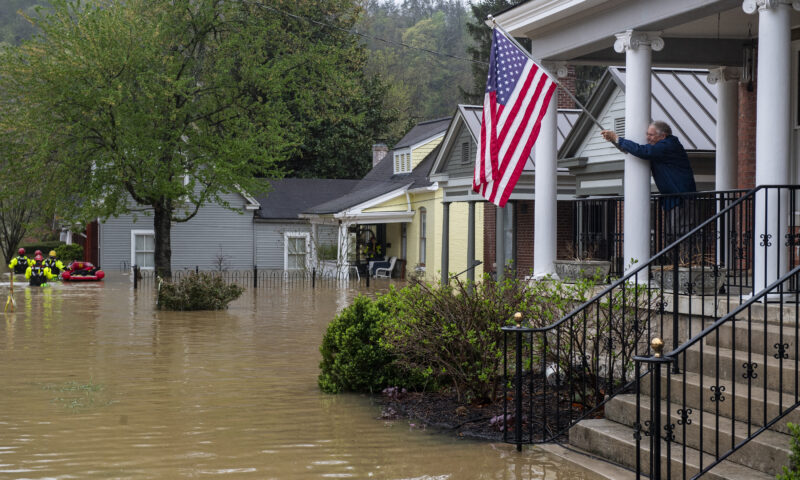
 Dirty MoneyDecember 3, 2025
Dirty MoneyDecember 3, 2025Trump’s Anti-Climate Policies Are Driving Up Insurance Costs for Homeowners, Say Experts
-
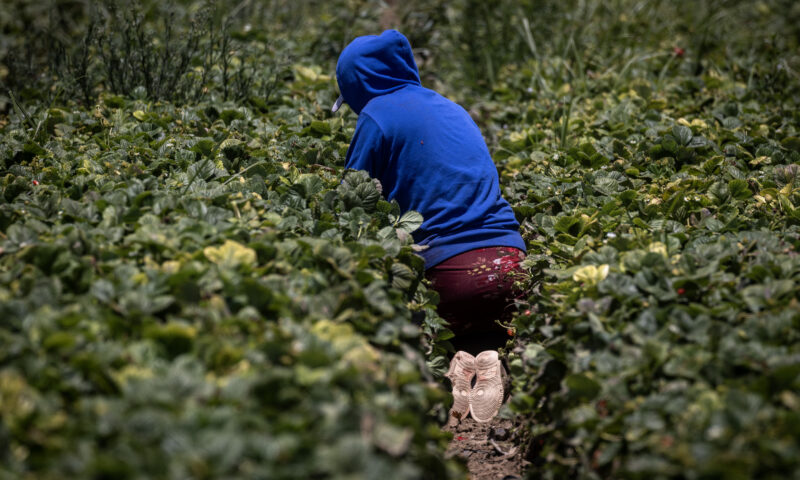
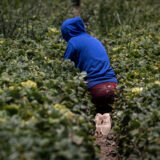 Child FarmworkersDecember 5, 2025
Child FarmworkersDecember 5, 2025To Protect Underage Farmworkers, California Expands Oversight of Field Conditions
-
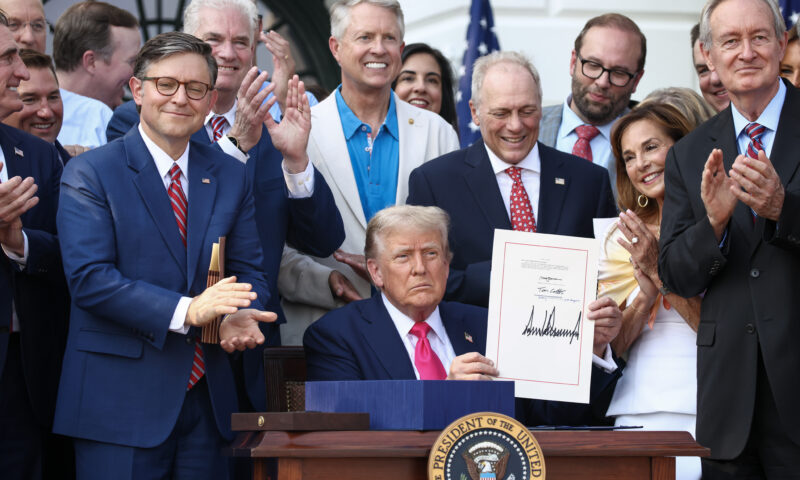
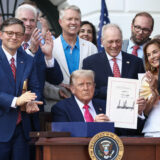 Column - State of InequalityDecember 4, 2025
Column - State of InequalityDecember 4, 2025Can California Claw Back Some Medi-Cal Care?
-
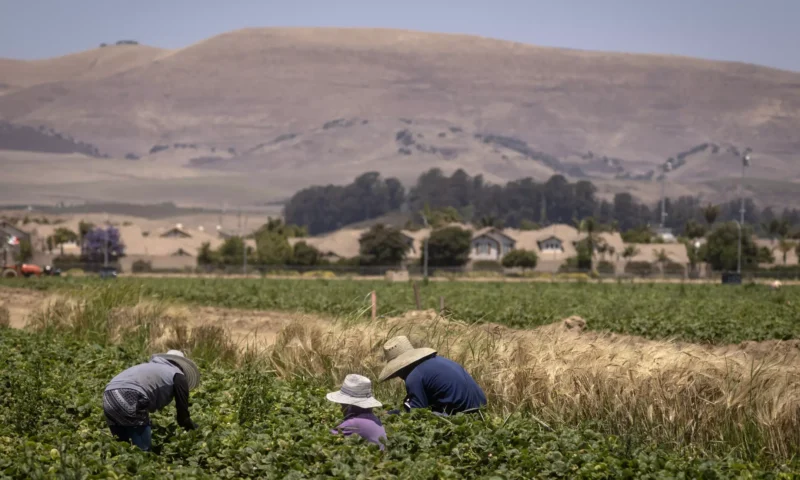
 Latest NewsDecember 10, 2025
Latest NewsDecember 10, 2025Capital & Main, L.A. Times Win Sidney Award for Reporting on Child Farmworkers
-

 StrandedDecember 9, 2025
StrandedDecember 9, 2025Giving Up on the Dream: Asylum Seekers Try Other Options in Mexico
-

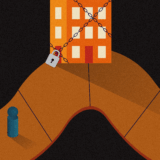 Locked OutDecember 16, 2025
Locked OutDecember 16, 2025This Big L.A. Landlord Turned Away People Seeking Section 8 Housing


